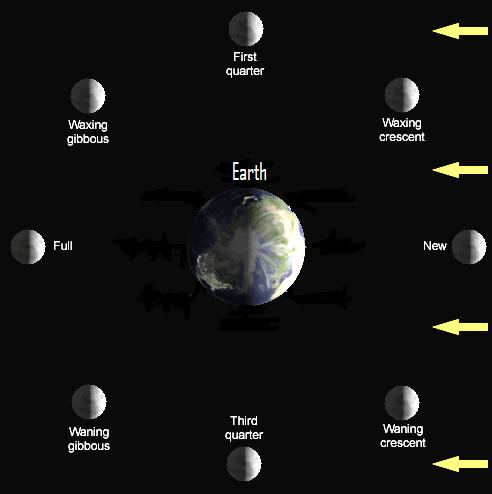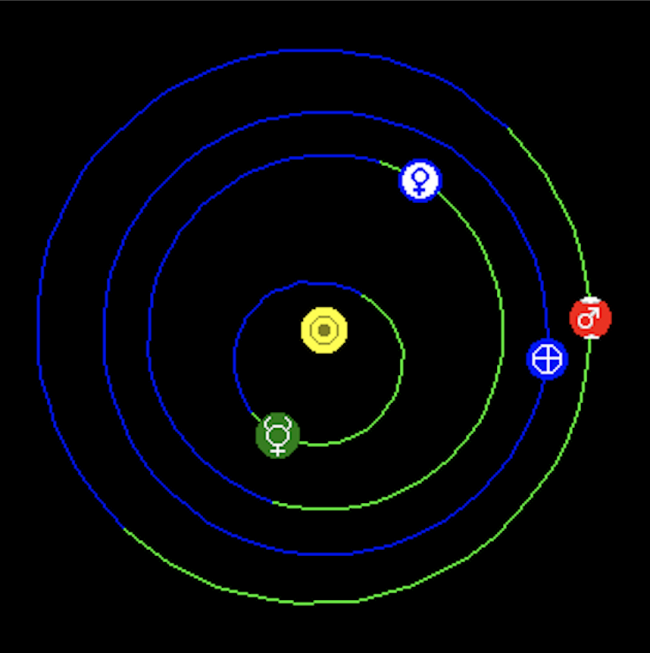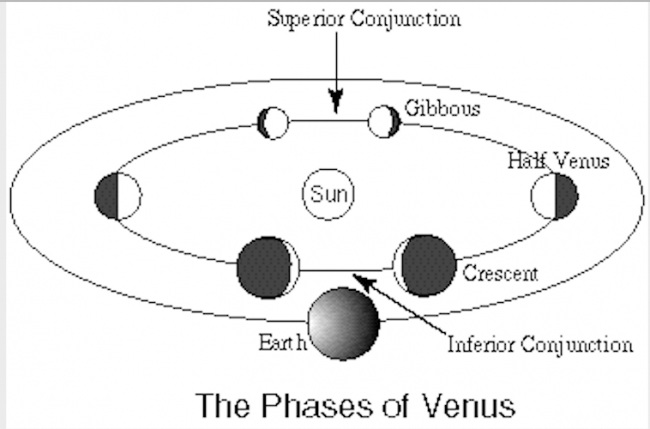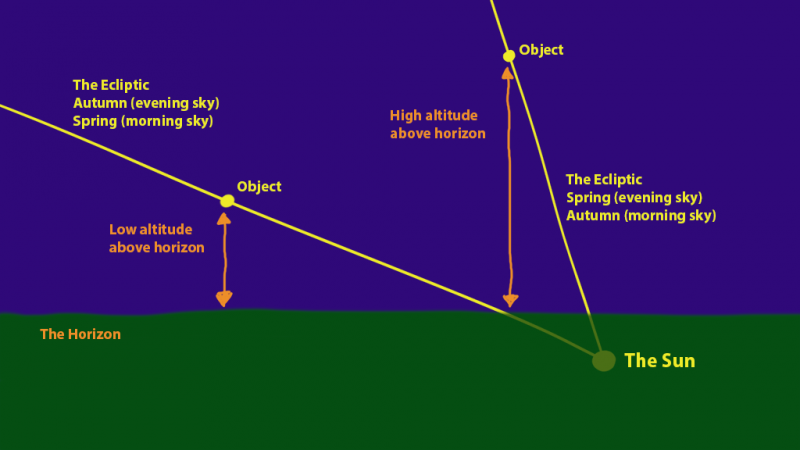On the mornings of September 13, 14 and 15, 2020, look for the waning crescent moon and dazzling planet Venus in the east before sunrise. If you have very good vision, you might even glimpse these bright beauties after sunrise, in a blue daytime sky. After all, the moon and Venus rank as the second- and third-brightest bodies to light up the sky (after the sun).
As you can see from the chart above, the moon will appear closer to the sunrise horizon each morning. And, each morning, the moon will appear as a thinner crescent. By the morning of September 15 – although Venus will still be easy to spot in the east before sunrise – the moon will be a very thin crescent indeed, rising only shortly before the sun.
On September 15, if you’re up for a challenge, try your luck spotting the star Regulus near the moon. Regulus is the brightest star in the constellation Leo the Lion. It’s one of the brightest stars in the sky. But the sun and Regulus were in conjunction on August 23; on that day, this star rose and set when the sun did. Now, this star is returning to the east at dawn, and so – if you see it at all – Regulus will appear faint against a bright twilight background.

Like Earth’s moon, Venus displays the full range of phases in Earth’s sky. Unlike the moon, you need a telescope to observe Venus’ changing phases. Given that the moon and Venus are nearly at the same place on the sky’s dome on September 14, you might expect the moon and Venus to display a similar phase. But they don’t.
From North America, the waning crescent moon will be only about 12% illuminated by sunlight on the morning of September 14. To know more specifically how much of the lunar disk is illuminated right now or at a given time, check out Heavens-Above or The Moon Tonight.
On the other hand – on September 14, 2020 – Venus will be exhibiting a waxing gibbous phase, with its disk 65% illuminated. To know how much of the Venusian disk is illuminated by sunshine, go to Astropixels.com and look under the column Phase illumination.
Why are the phases of the moon and Venus so wildly different now?

The reason, of course, is that Venus orbits the sun, while the moon orbits Earth. The moon is now about to pass between us and the sun. Most of its daylight side is turned away from our direction in space. Venus, meanwhile, passed between us and the sun in June. It’s now speeding ahead of us in its smaller, faster orbit. The chart below, from Fourmilab, shows Venus with respect to Earth on September 14, 2020.
And by the way … it takes our moon about 29.5 Earth-days to complete its cycle of phases (new moon to new moon, or full moon to full moon), whereas it takes Venus about 1.6 Earth-years to complete its cycle of phases (new Venus to new Venus, or full Venus to full Venus).


Venus rises sooner before before the sun at northerly latitudes than at southerly latitudes. We give you Venus’ approximate rising time for the next several days for 60 degrees north, 40 degrees north, equator (0 degrees), and 35 degrees south:
60 degrees north latitude
Venus rises 4 2/3 hours before the sun40 degrees north latitude
Venus rises 3 1/2 hours before the sunEquator (0 degrees latitude)
Venus rises 2 3/4 hours before the sun35 degrees south latitude
Venus rises 2 hours before the sunLive in the U.S. or Canada? Click on Old Farmer’s Almanac for Venus’ rising time.
For virtually anywhere worldwide, visit TimeandDate.com for Venus’ rising time.

Venus comes up sooner before sunrise in the Northern Hemisphere because September is a late summer/early autumn month for the northern half of the world. In the Southern Hemisphere, Venus rises closer to sunrise because September is a later winter/early spring month to the south of the equator. From either the Northern or Southern Hemisphere, the ecliptic – pathway of the planets – hits the sunrise horizon at its steepest angle of the year on autumn equinox, yet at its shallowest angle on the spring equinox. (The green line on our charts, by the way, depicts the ecliptic.)
The upcoming September equinox is the Northern Hemisphere’s autumn equinox, and the Southern Hemisphere’s spring equinox. Therefore, the ecliptic now hits the sunrise horizon at a steep angle in the Northern Hemisphere, and a at shallow angle in the Southern Hemisphere.
The steep tilt of the ecliptic in the morning sky also makes September an especially a good month for catching the normally elusive zodiacal light (false dawn) from mid-northern latitudes. Don’t know which way to look for the mysterious zodiacal light? Simply look for Venus. This cone of light, if it’s visible, will be pointing right at Venus.
Read More: Hazy light pyramid in east? False dawn
Bottom line: On the mornings of September 13, 14 and 15, 2020, look for the waning crescent moon and dazzling planet Venus in the eastern sky before sunrise. From all of Earth, they will beautify the early morning tableau.











